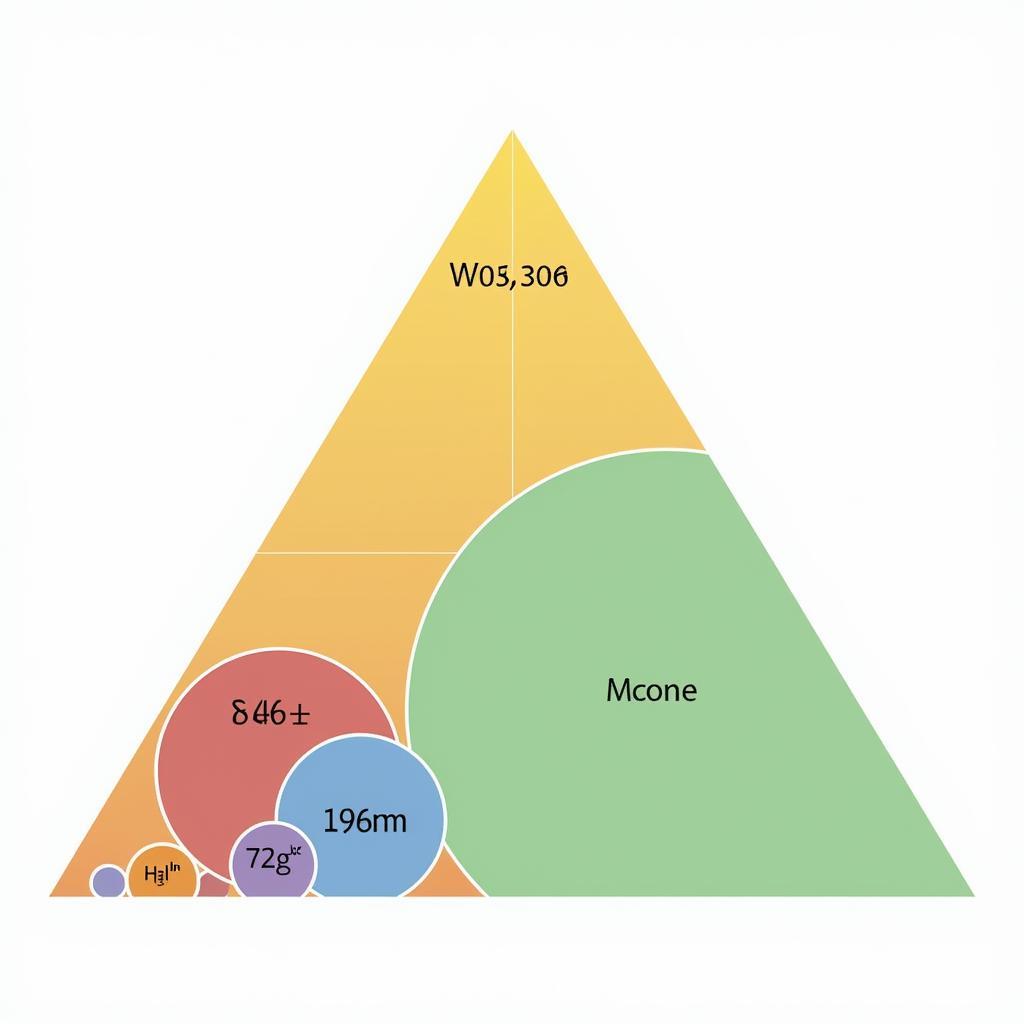African American Population by Age: A Demographic Deep Dive
Understanding the African American Population By Age is crucial for grasping the unique social, economic, and political dynamics within the United States. This analysis delves into the age distribution of this demographic, exploring its implications and providing valuable insights.
It’s important to recognize the diversity within the African American community when examining population data. Factors like regional distribution, socioeconomic status, and historical context all play a role in shaping the age demographics. Access to healthcare and education also significantly influences life expectancy and birth rates, further affecting the overall age structure. For a broader look at the African American presence in the US, you can visit this link: African American percentage of US population.
Age Distribution and its Implications
The age pyramid of the African American population reveals distinct patterns. Generally, a younger median age compared to the overall US population is observed. This difference arises from various factors, including higher birth rates and sometimes, unfortunately, lower life expectancies due to disparities in healthcare access and socioeconomic factors.
Impact on Healthcare and Social Security
The age distribution has significant implications for healthcare systems and social security programs. A younger population requires different healthcare services compared to an aging population. For instance, maternal care and pediatric services become more critical, while geriatric care needs might be relatively lower. Furthermore, the age structure impacts the workforce and its ability to contribute to social security.
 African American Population Age Pyramid
African American Population Age Pyramid
Historical Context and Demographic Shifts
The age distribution of African Americans is intertwined with historical events like the Great Migration and the Civil Rights Movement. These pivotal moments impacted migration patterns, family structures, and access to opportunities, consequently influencing demographic trends. Understanding this historical backdrop is vital for interpreting current demographic data.
Generational Differences and Cultural Nuances
Analyzing the age distribution also sheds light on generational differences and cultural nuances within the African American community. Each generation has faced unique challenges and opportunities, shaping their perspectives and experiences. These generational variations are reflected in cultural expressions, political engagement, and socioeconomic outcomes.
 African American Families Across Generations
African American Families Across Generations
Current Trends and Future Projections
Current demographic trends suggest continued shifts in the age distribution of African Americans. Factors like increasing life expectancy and changing birth rates will shape the future demographic landscape. Understanding these trends is crucial for policymakers, community leaders, and healthcare providers to effectively address the needs of the African American population.
What are the key factors influencing future projections for the African American population? Factors such as immigration, intermarriage, and economic opportunities will play a significant role in shaping the future age distribution. These factors, coupled with advancements in healthcare and technology, will contribute to a complex and evolving demographic picture.
For those interested in other aspects of African culture, you might find this article on the African Cape Buffalo fascinating: African Cape Buffalo. It delves into the rich wildlife heritage of the continent.
Conclusion
Examining the African American population by age provides essential insights into the demographic makeup and its broader implications. This understanding is vital for addressing social, economic, and political issues relevant to the community. By analyzing age distribution, we can better inform policy decisions, allocate resources effectively, and promote equitable outcomes for all. The complexities of this demographic data underscore the need for ongoing research and informed dialogue. While this analysis focuses on age, exploring articles like Africans with blue eyes can offer different perspectives on diversity within the continent. You can also explore further discussions on African Arsenal and the significance of the African nose.
FAQ
-
What is the median age of the African American population? The median age is generally younger than the overall US population.
-
How does the age distribution impact healthcare access? The age distribution influences the demand for specific healthcare services, such as pediatric or geriatric care.
-
What historical factors have shaped the age demographics? Events like the Great Migration and the Civil Rights Movement significantly influenced migration patterns and family structures, consequently affecting the age distribution.
-
What are the projected demographic trends for the future? Factors like changing birth rates and increasing life expectancy are expected to shift the age distribution in the coming years.
-
Why is it important to understand the age distribution of African Americans? Understanding the age distribution helps in addressing social, economic, and political issues and promoting equitable outcomes for the community.
-
How does the age distribution compare to other racial groups? Comparing the age distribution across racial groups reveals disparities and can highlight areas requiring attention and resources.
-
Where can I find more detailed data on the African American population by age? The US Census Bureau and other reputable demographic research organizations provide comprehensive data and analyses.
Need support? Contact us 24/7 at +255768904061, kaka.mag@gmail.com or visit us in Mbarali DC Mawindi, Kangaga, Tanzania.


